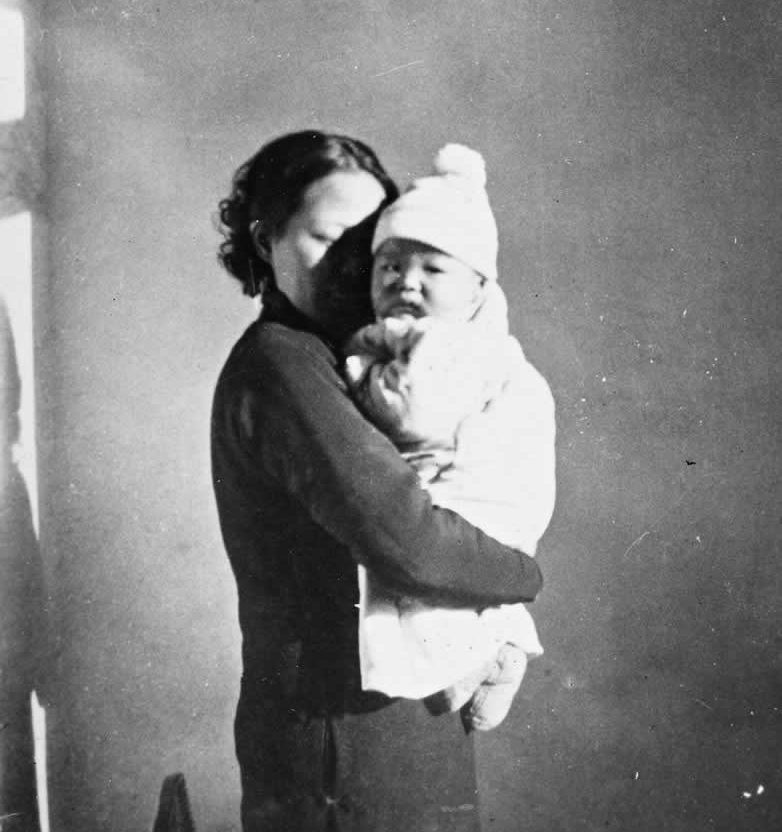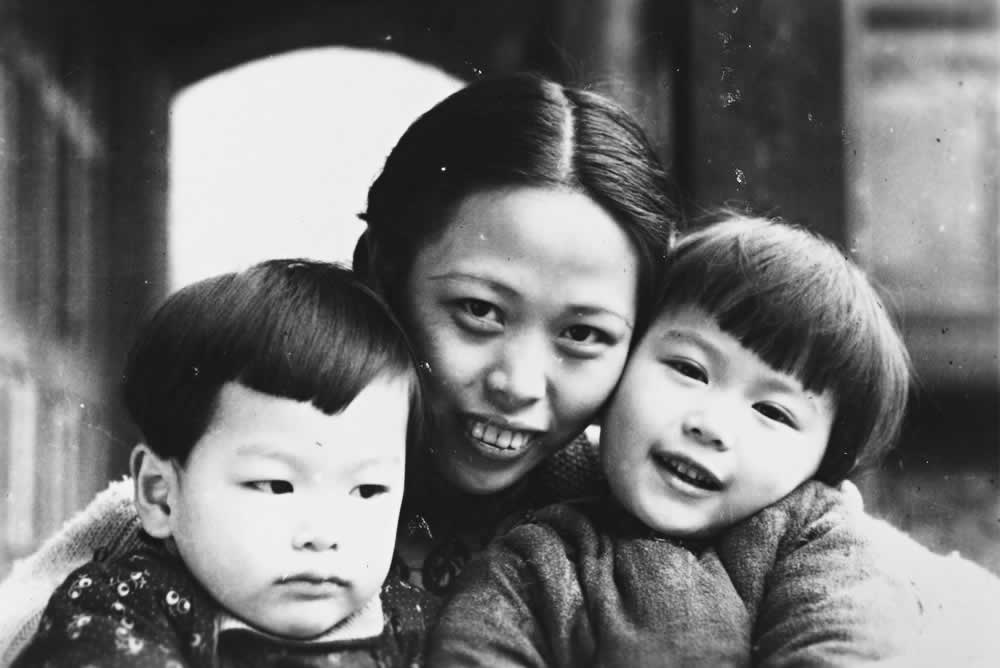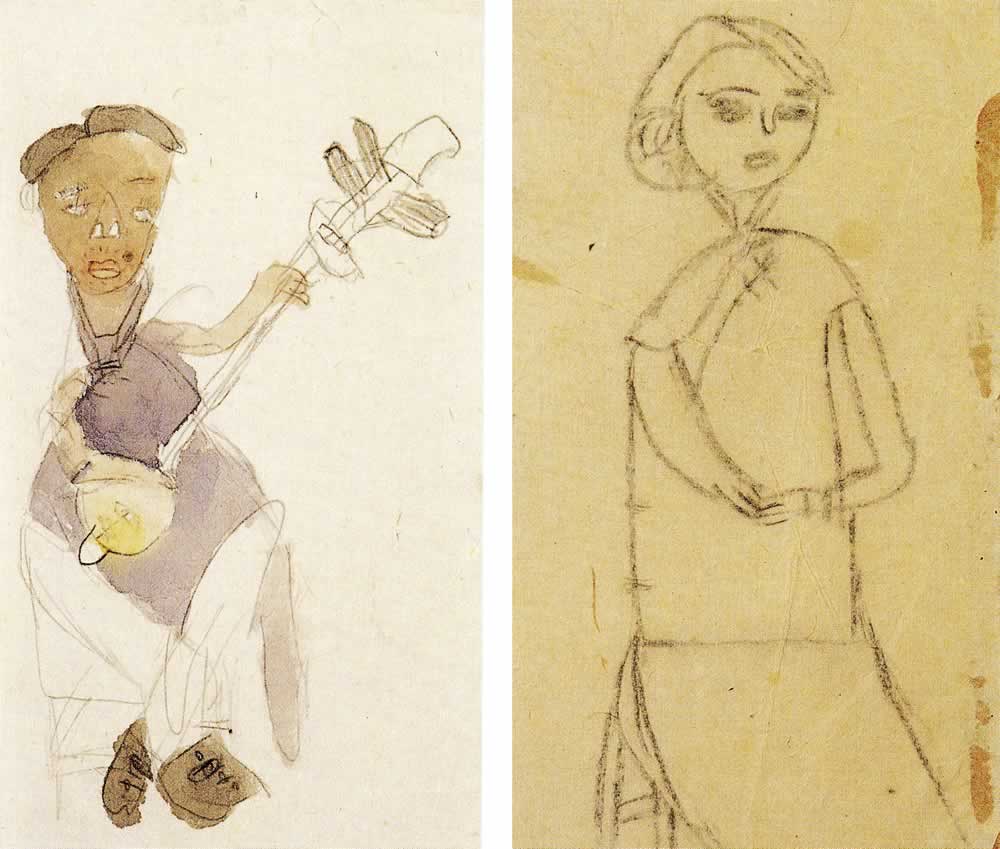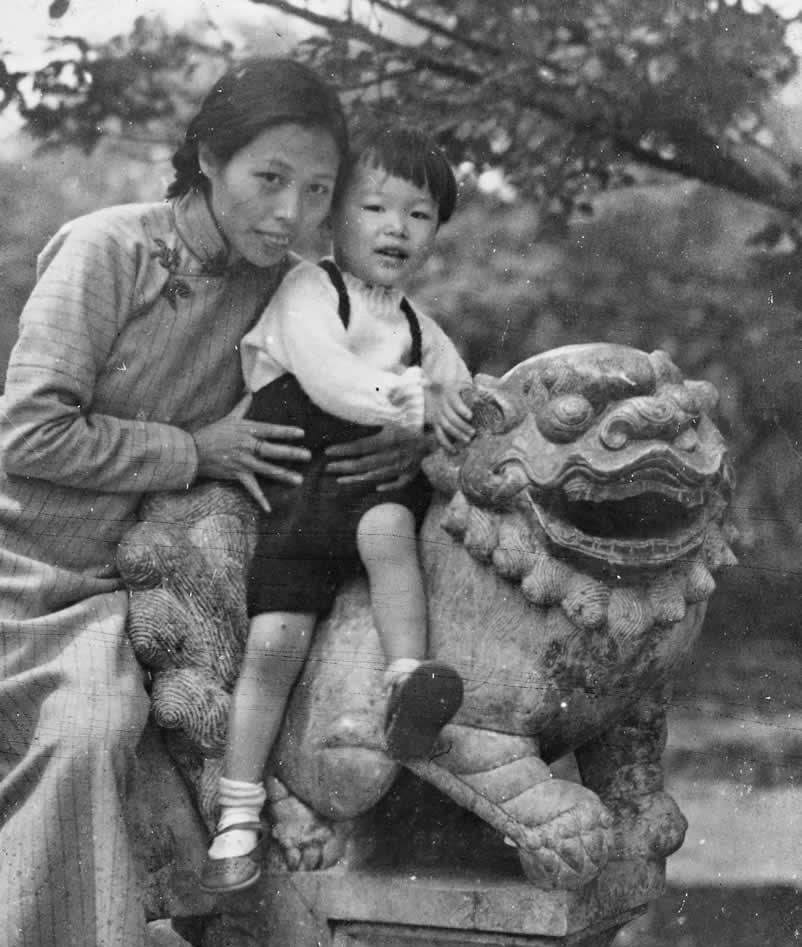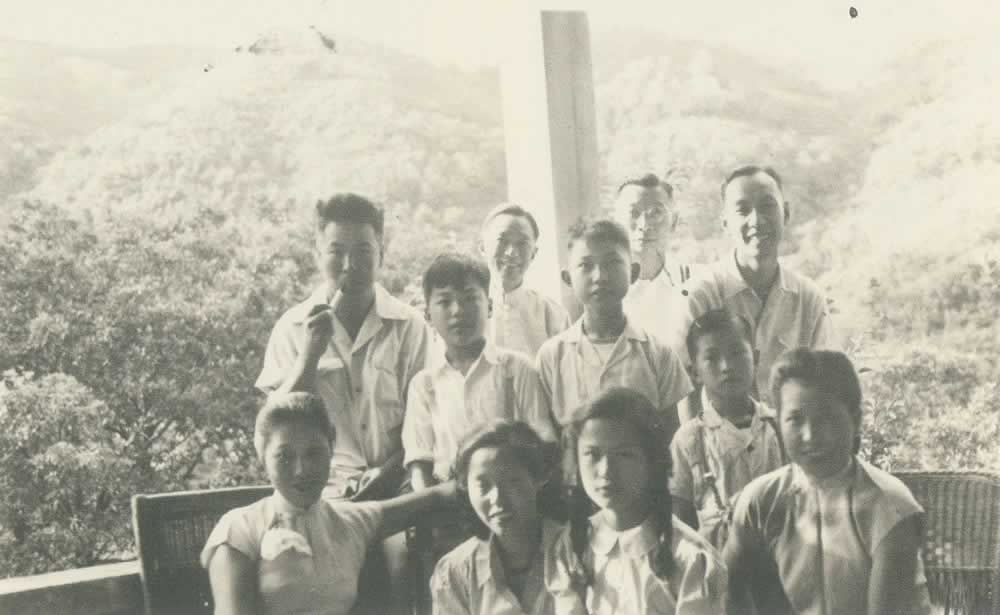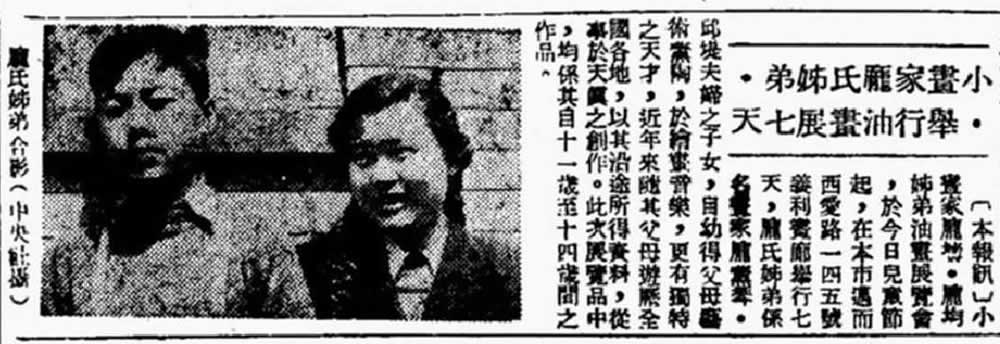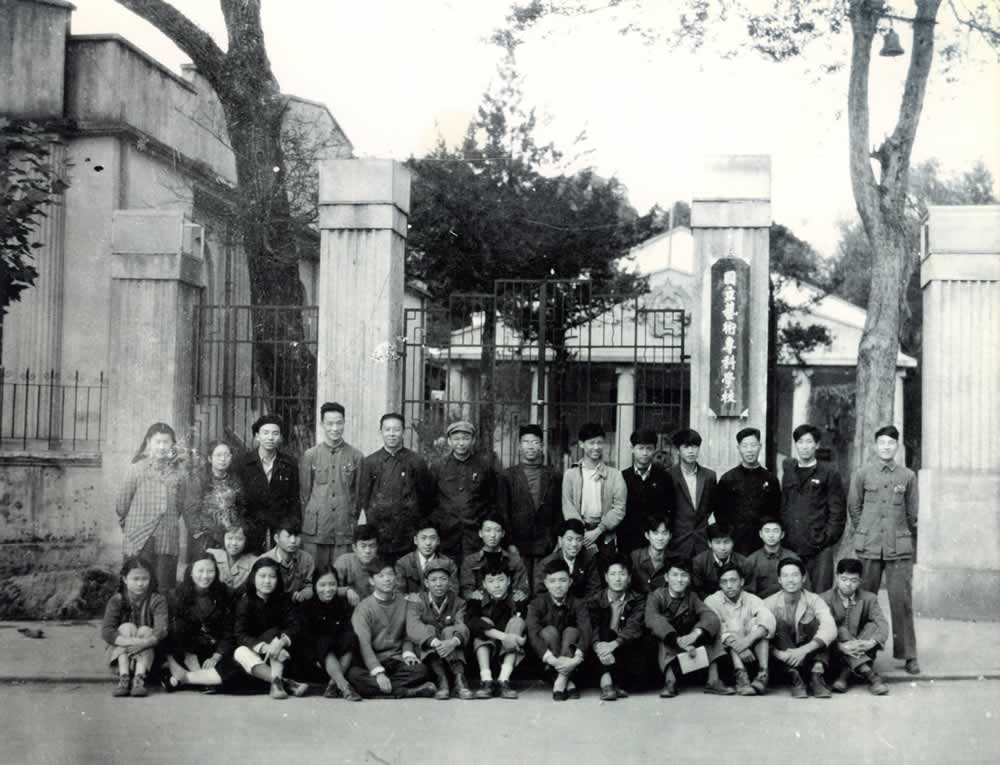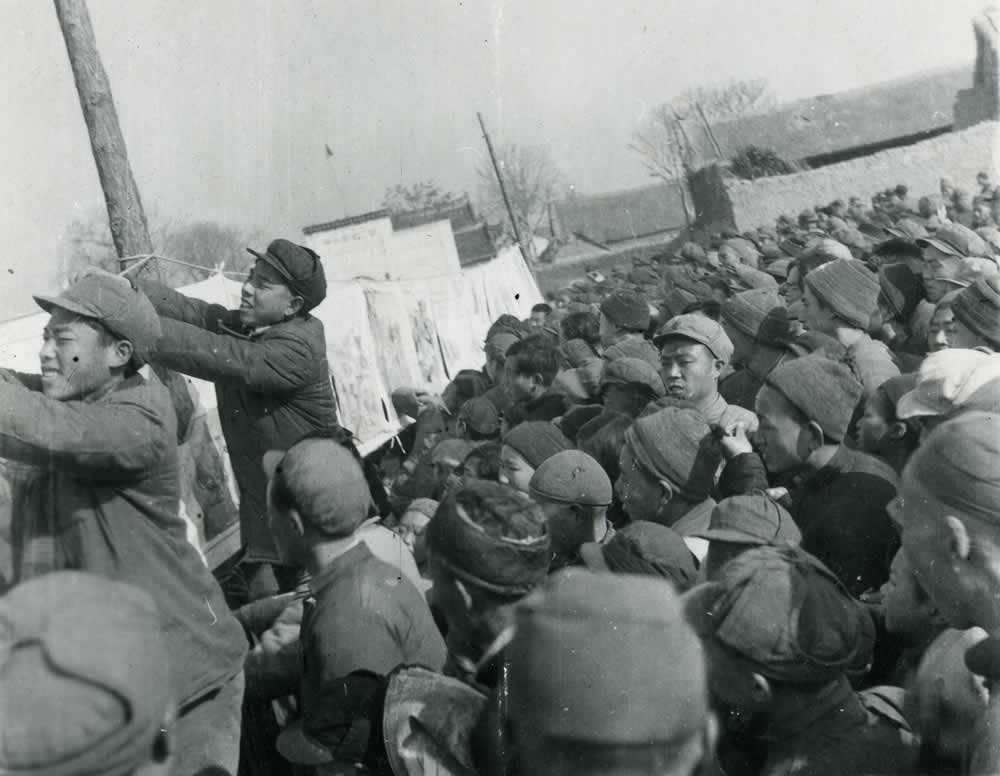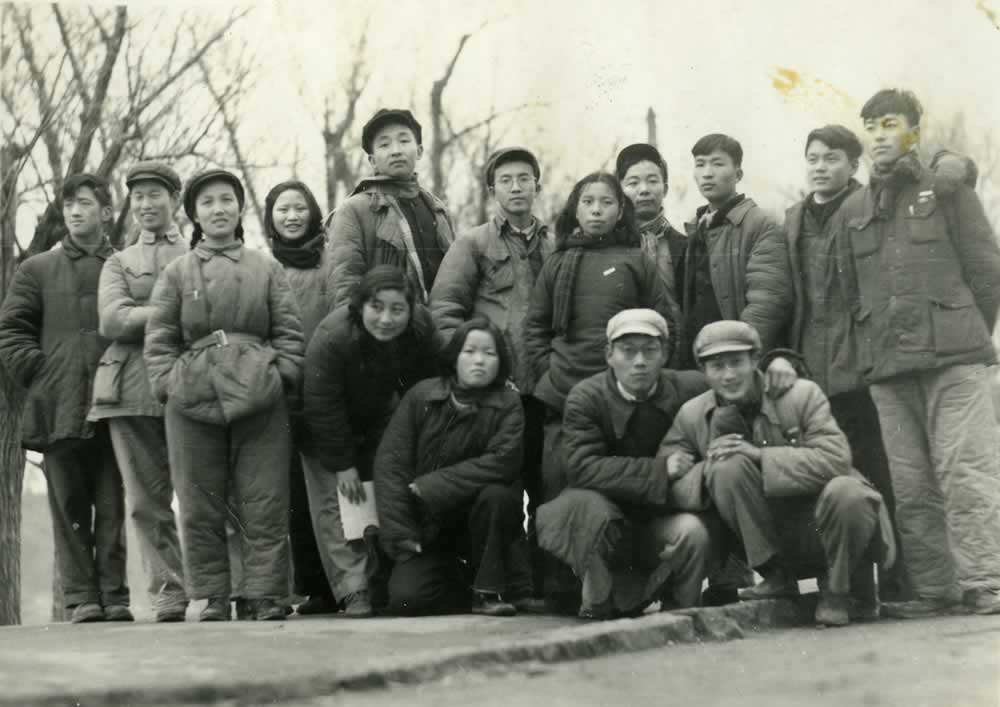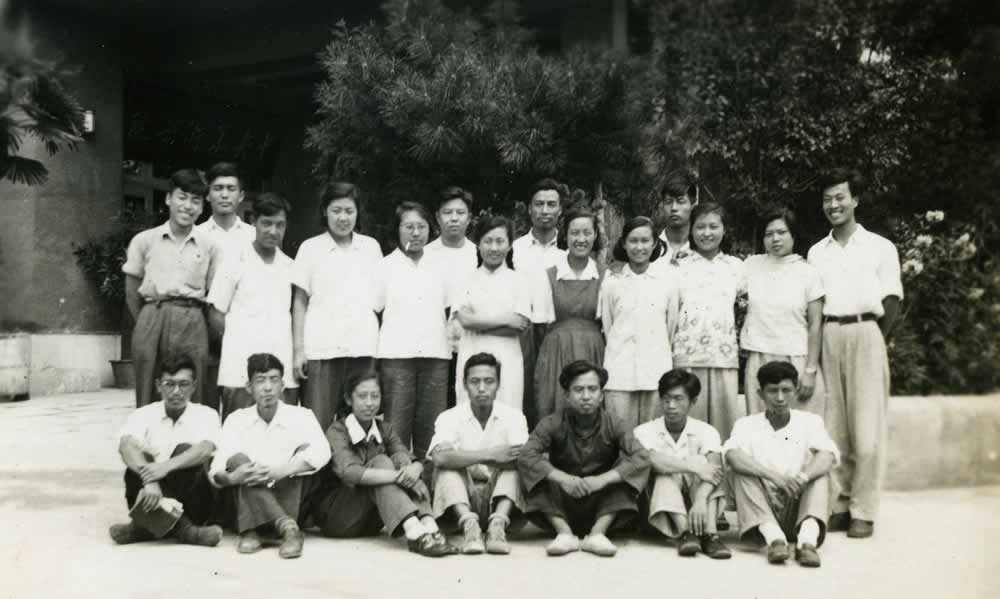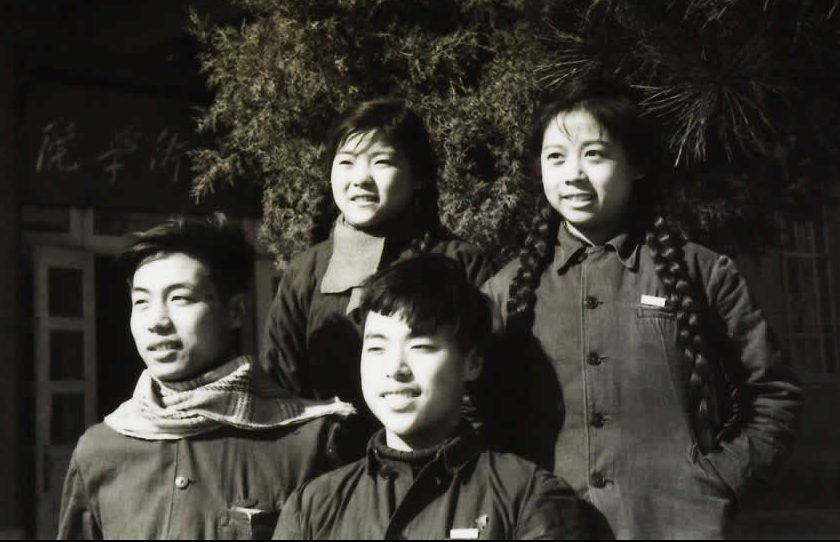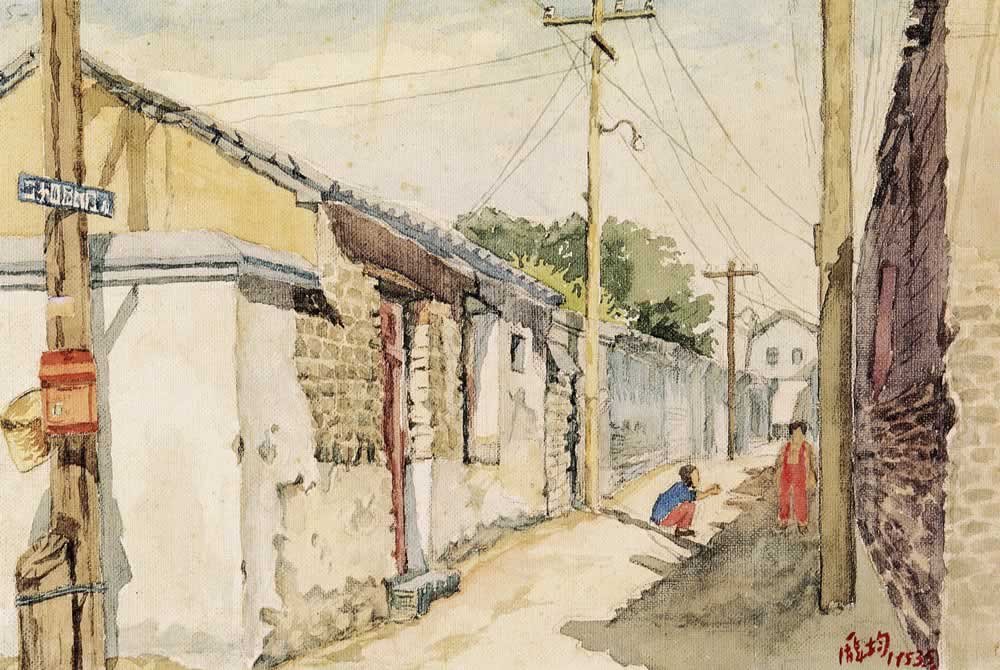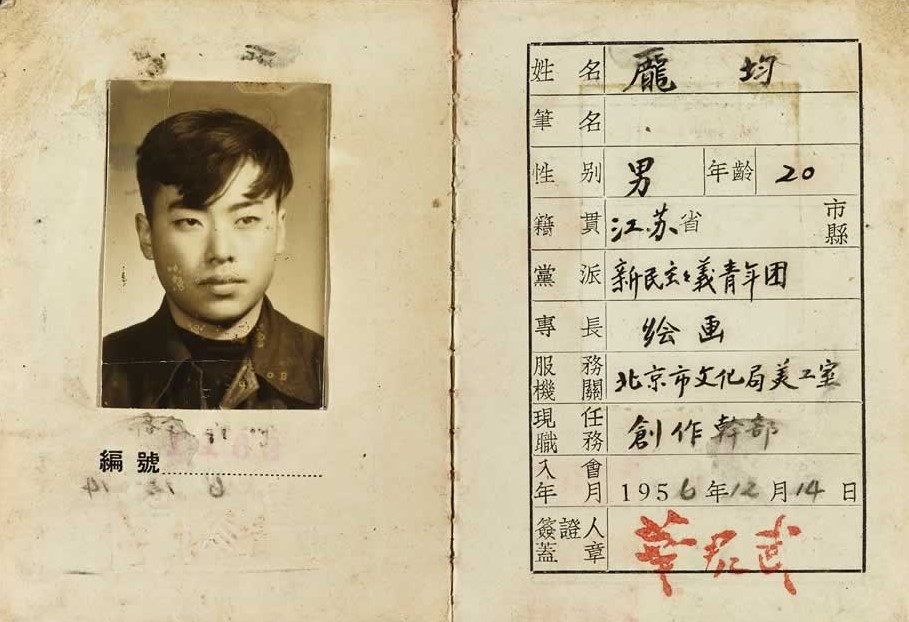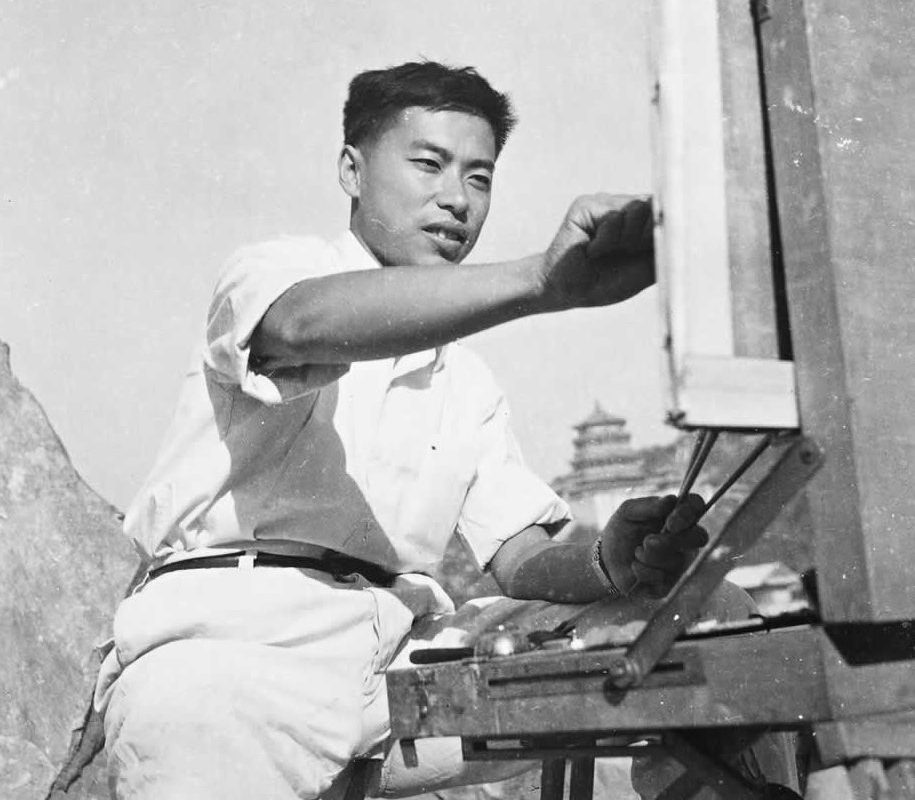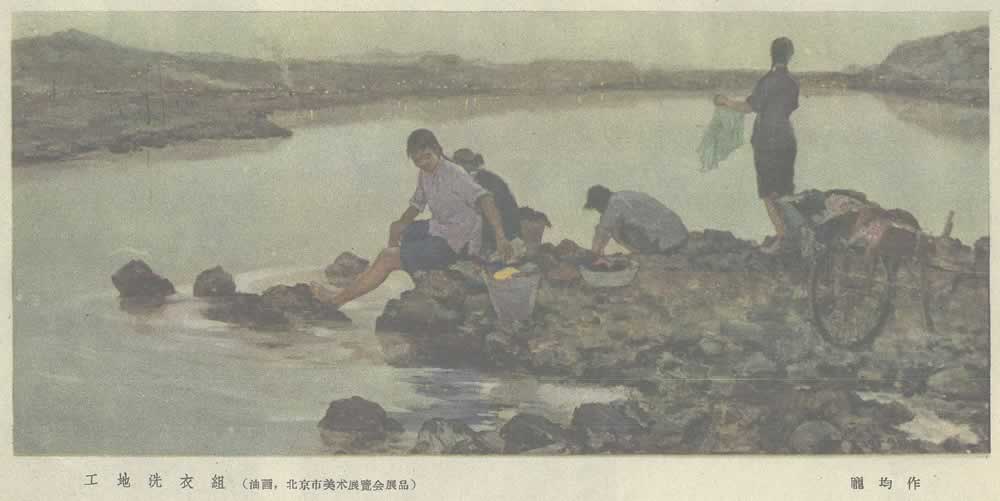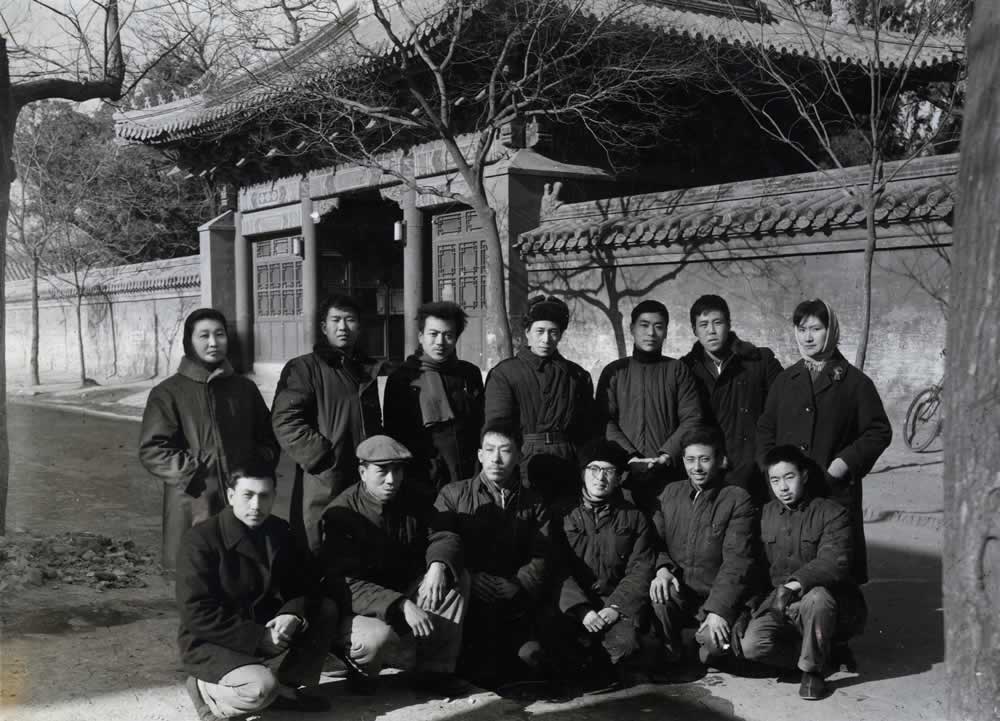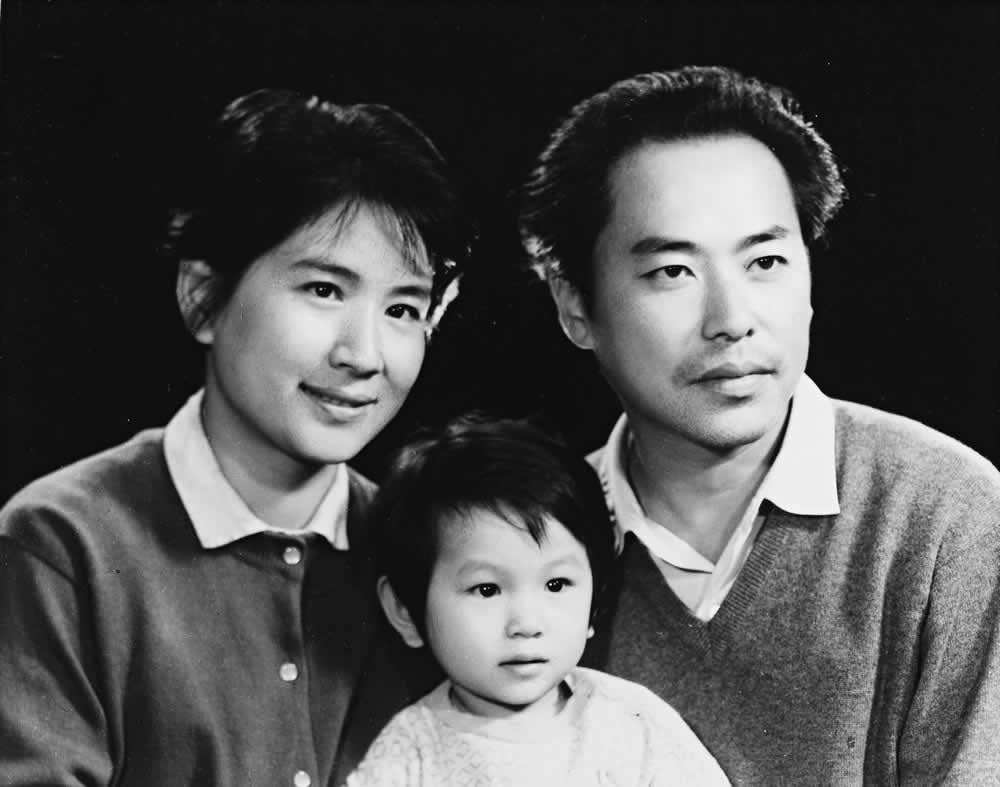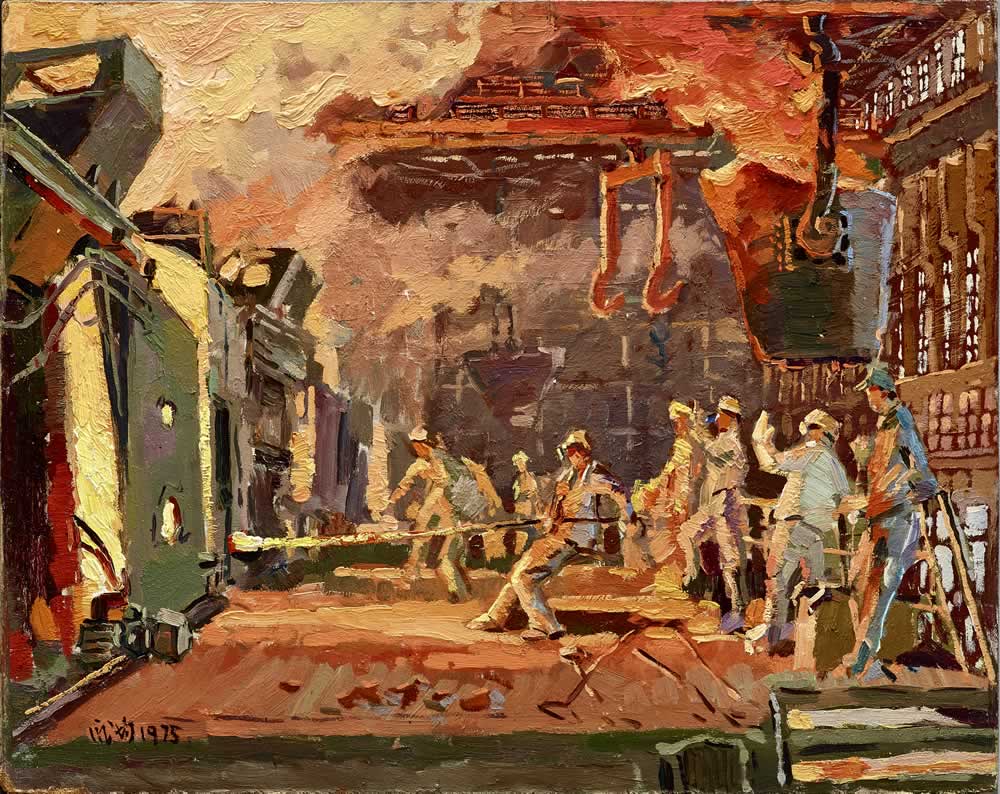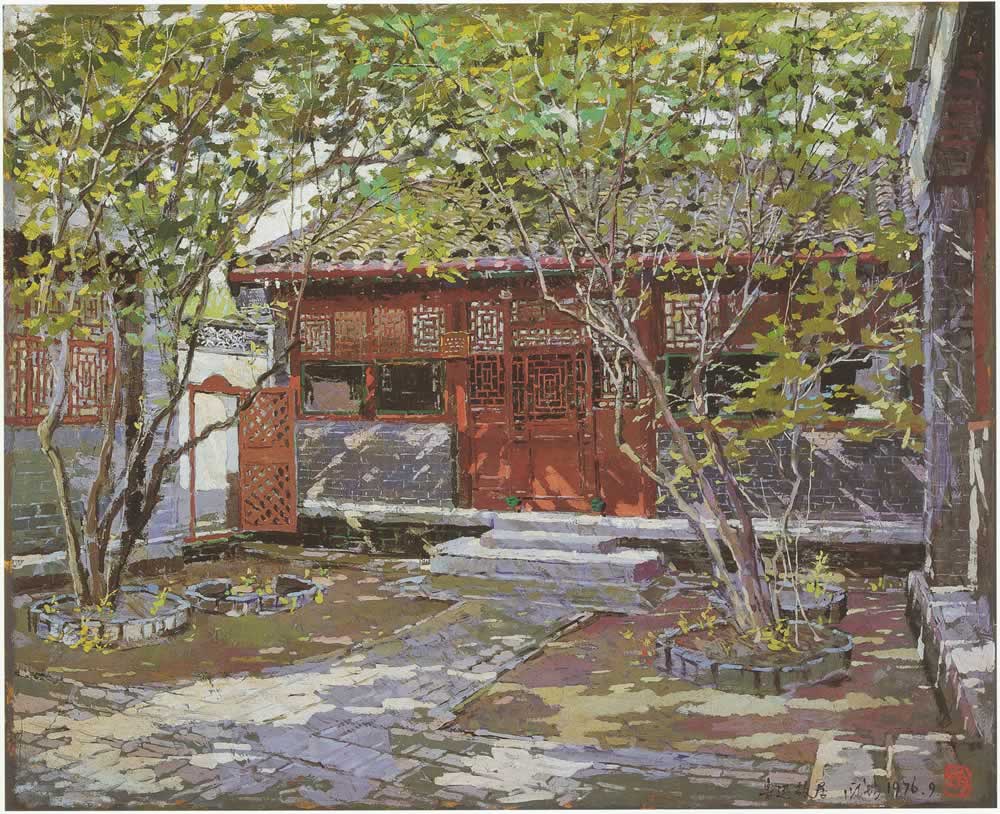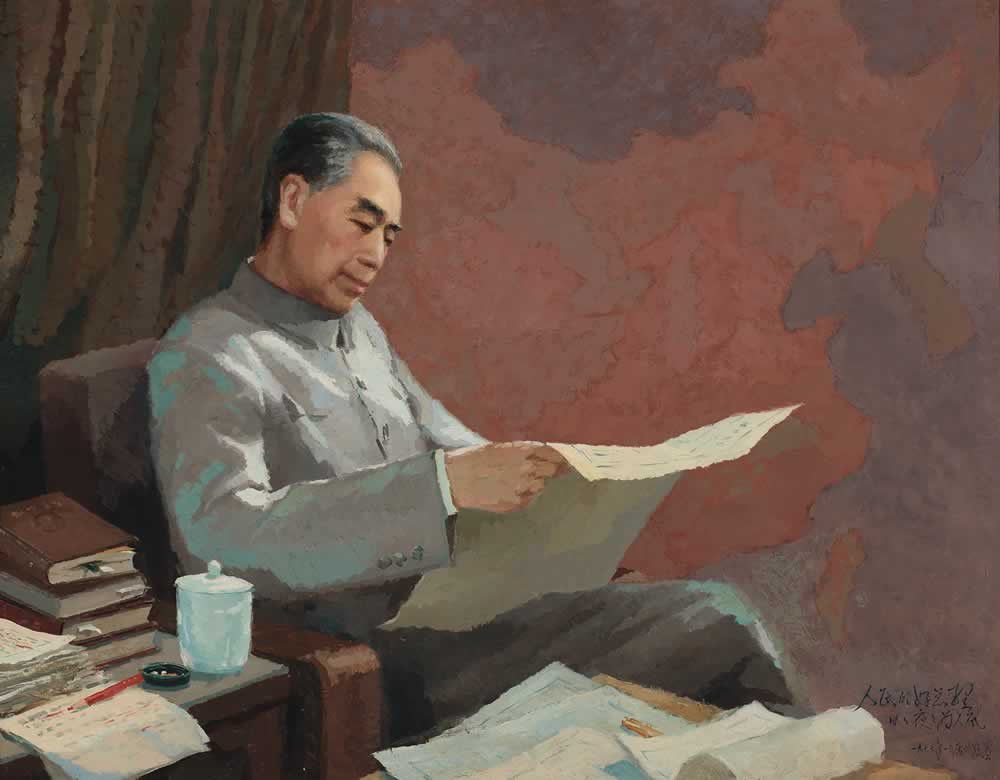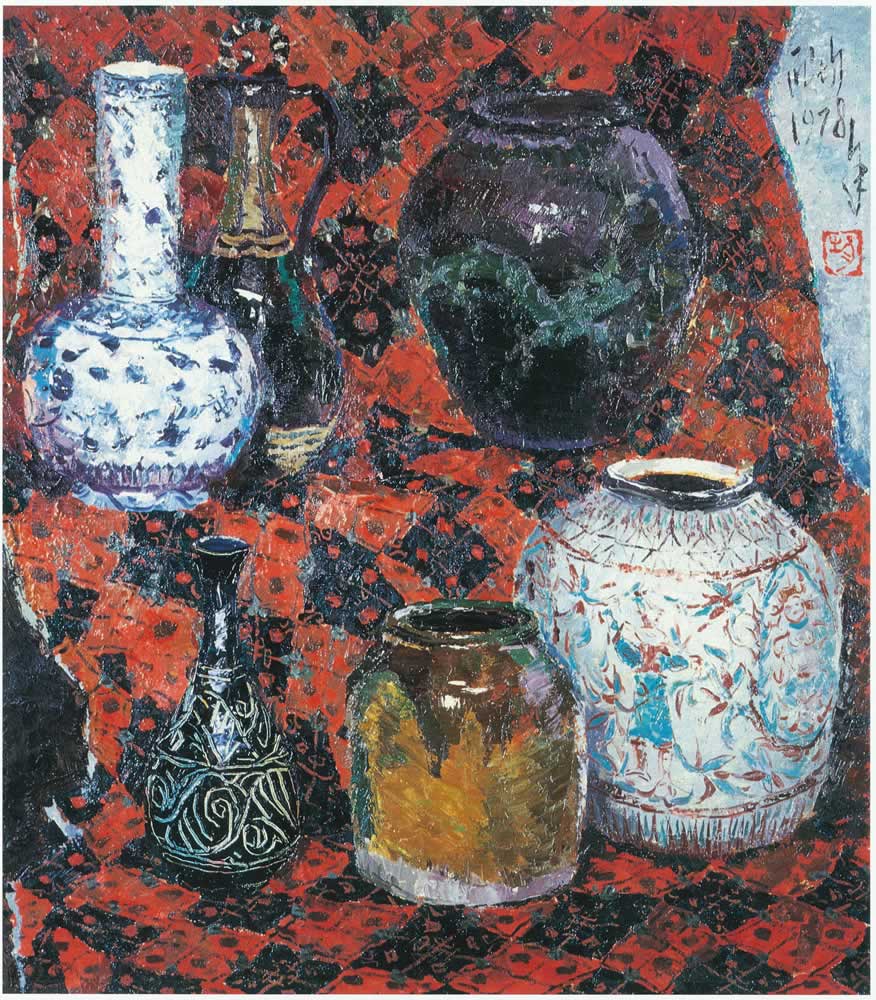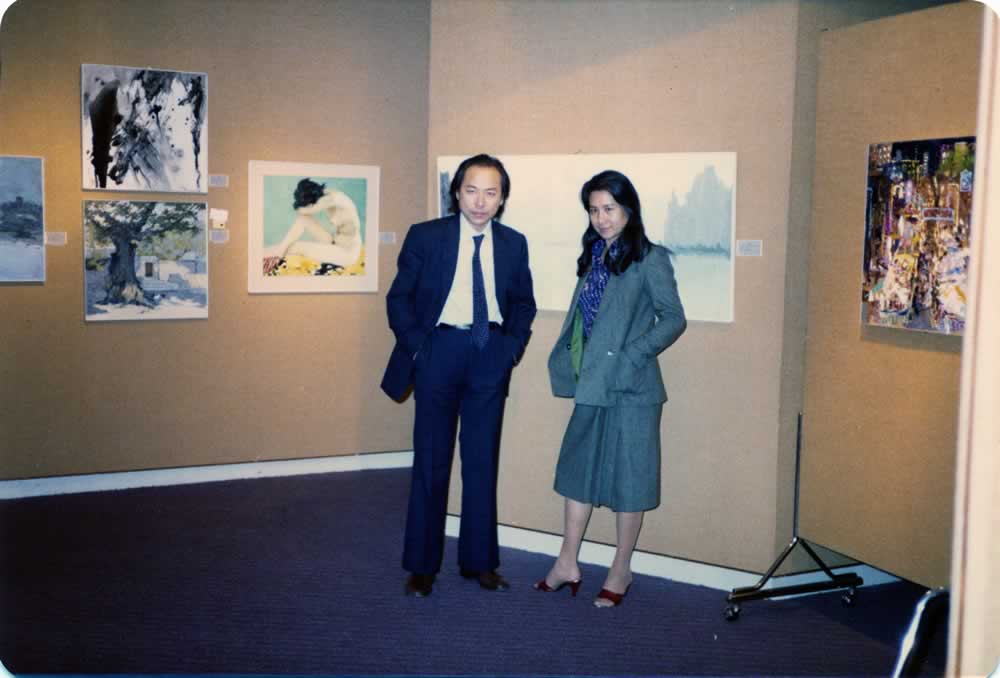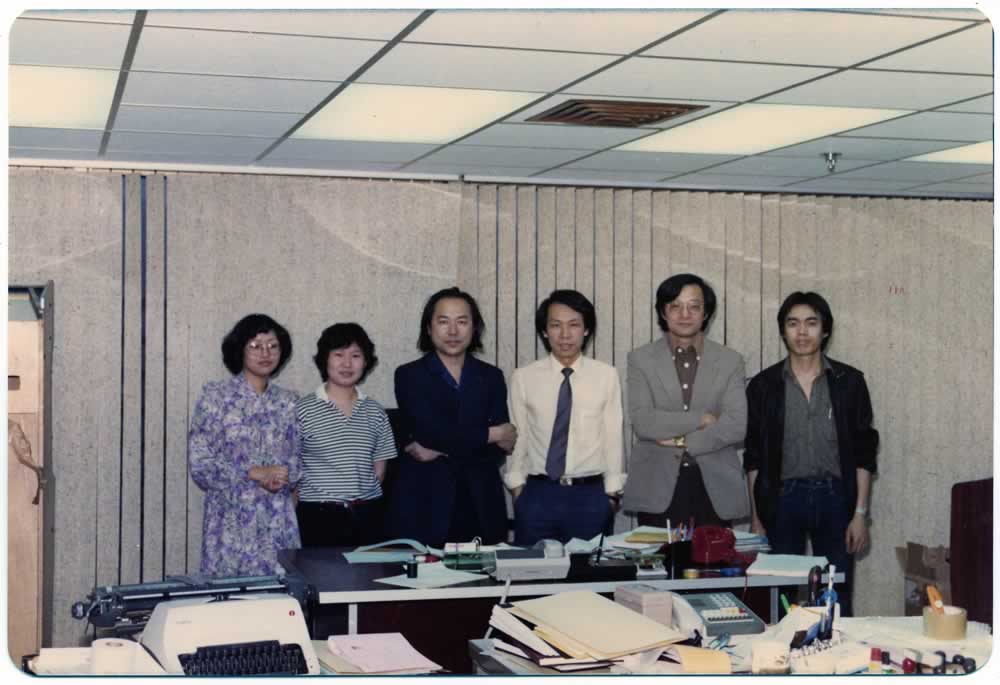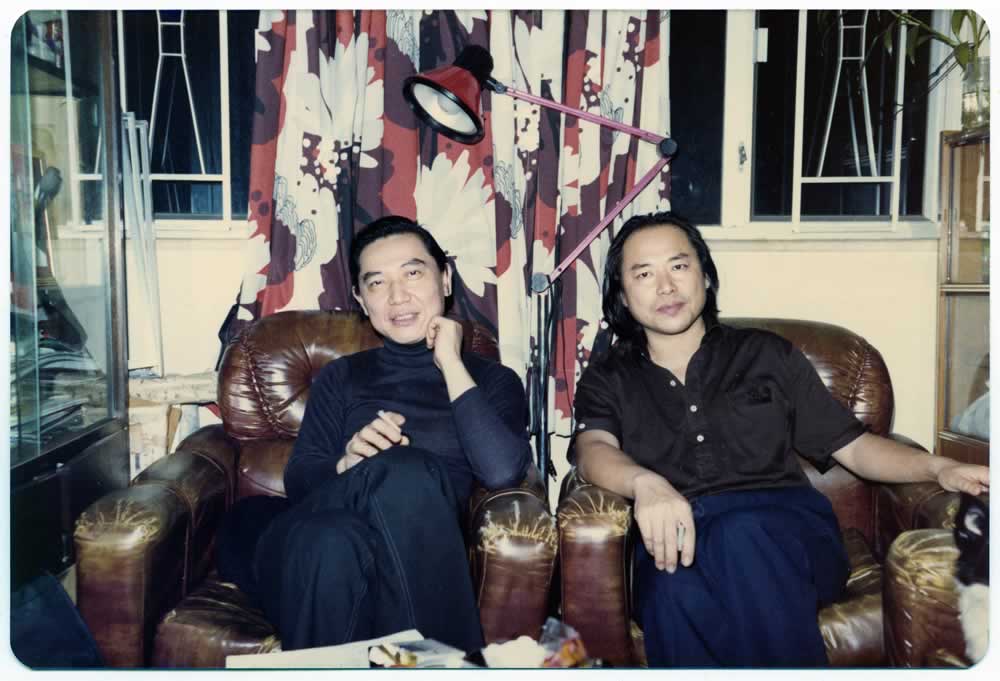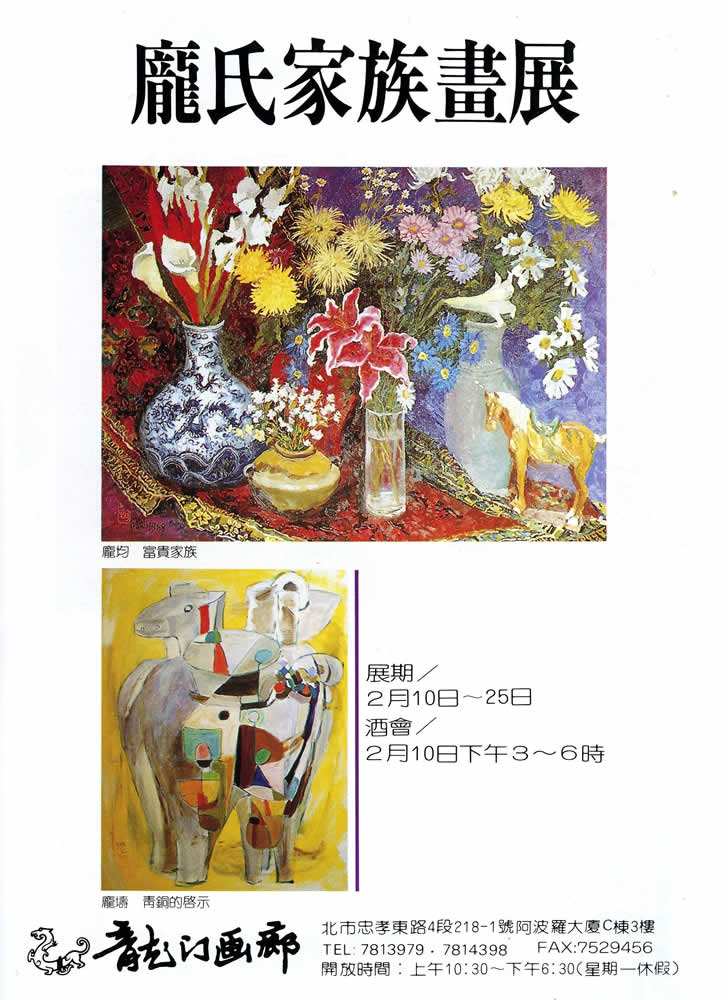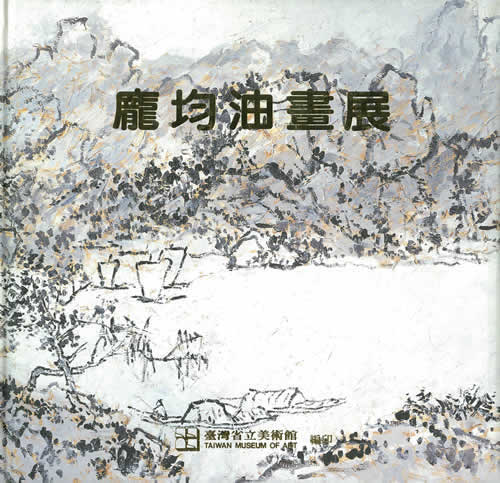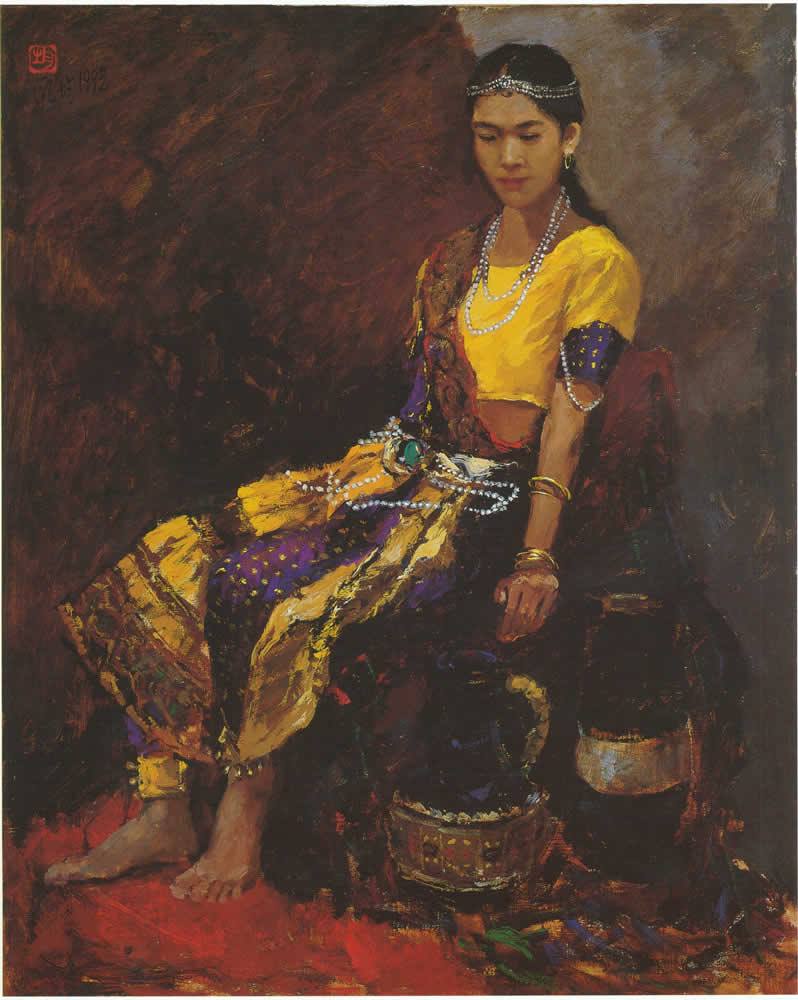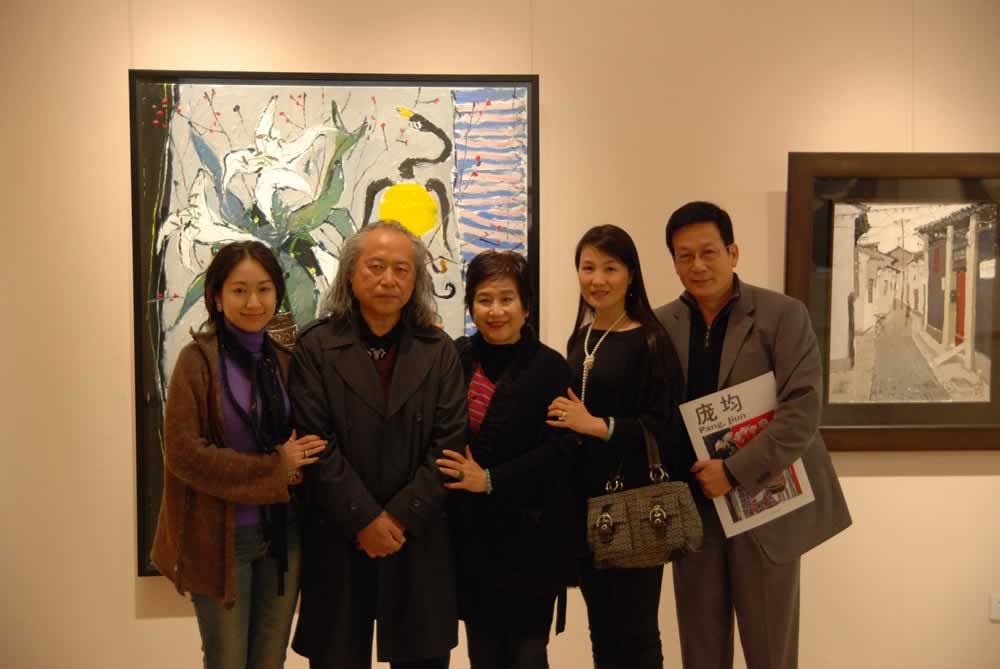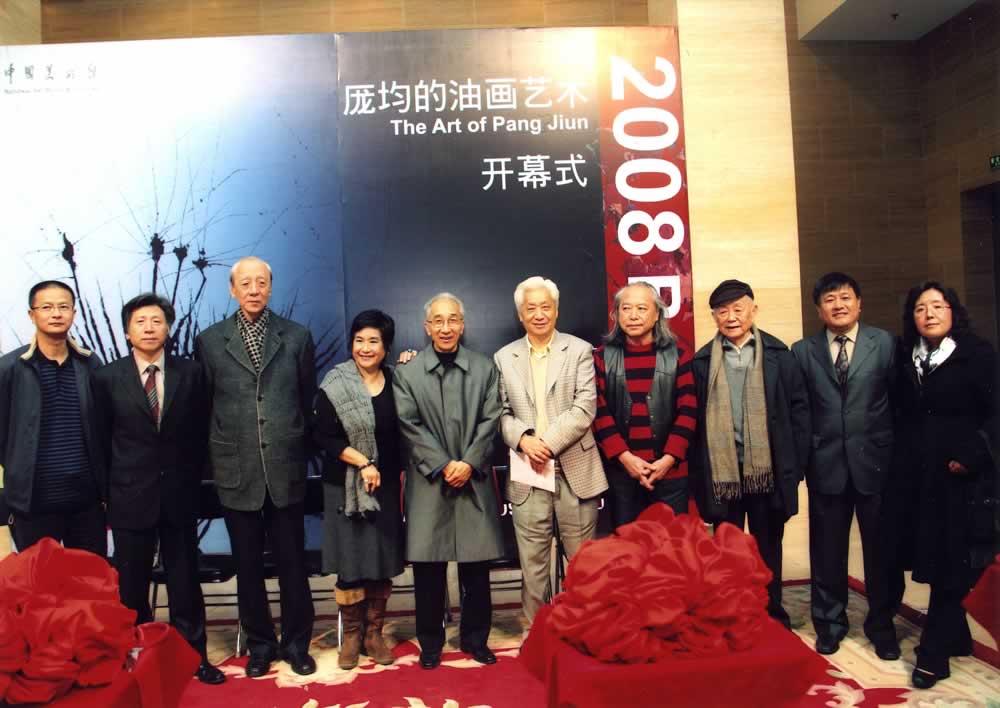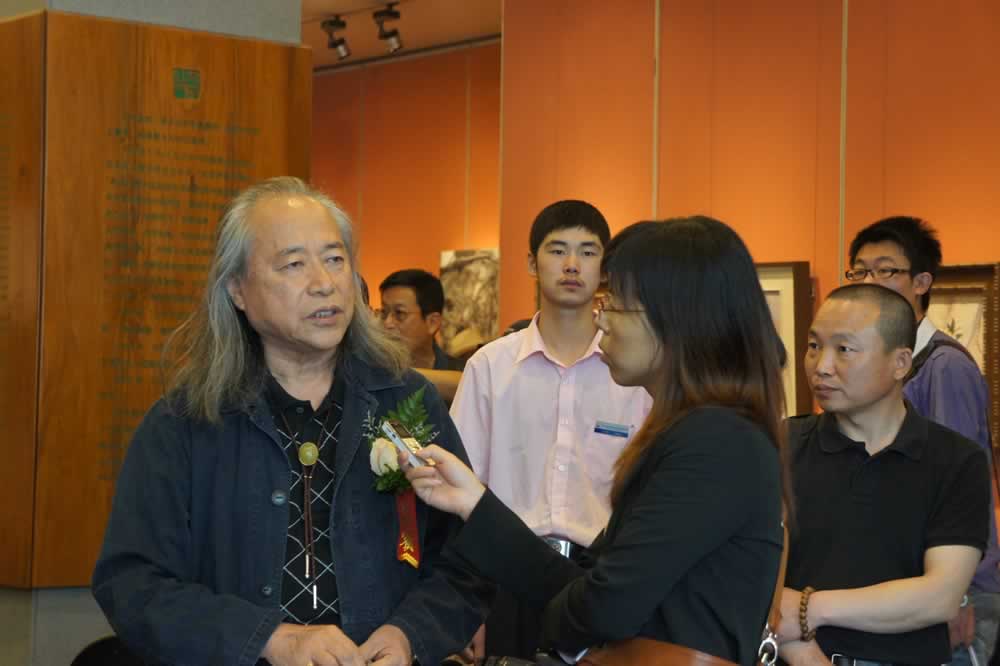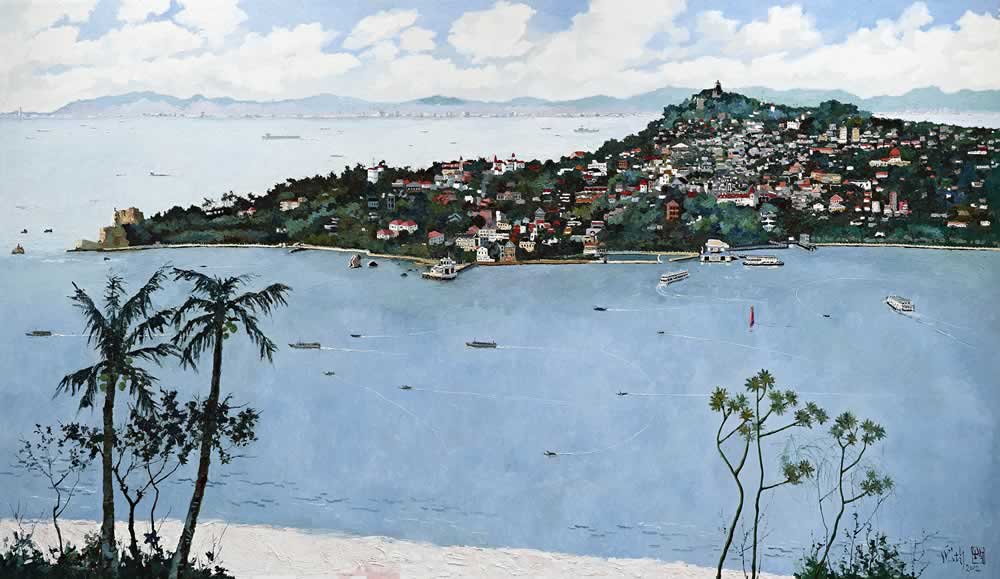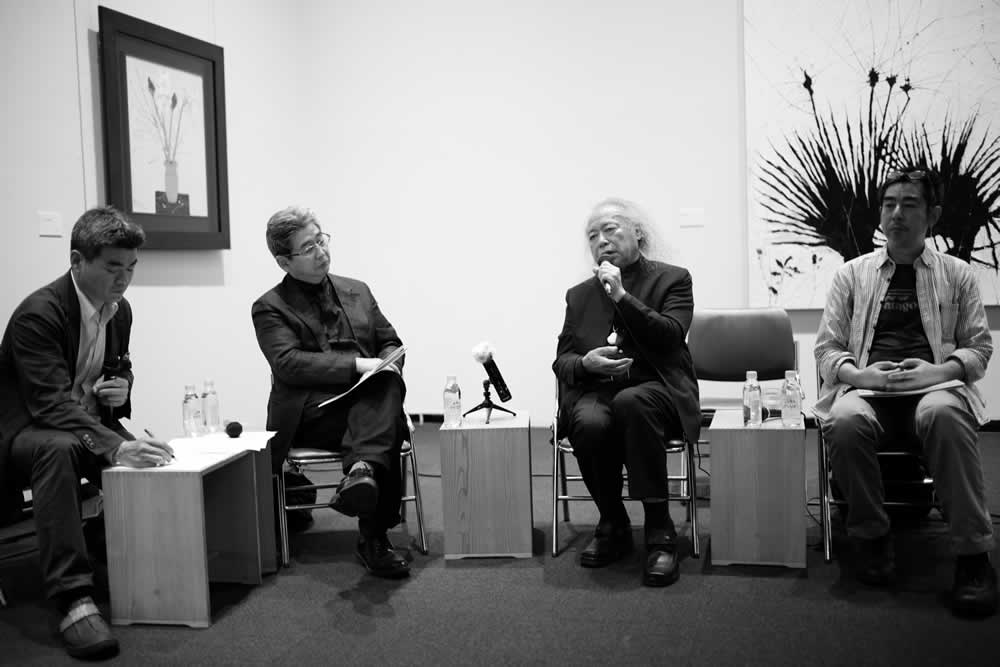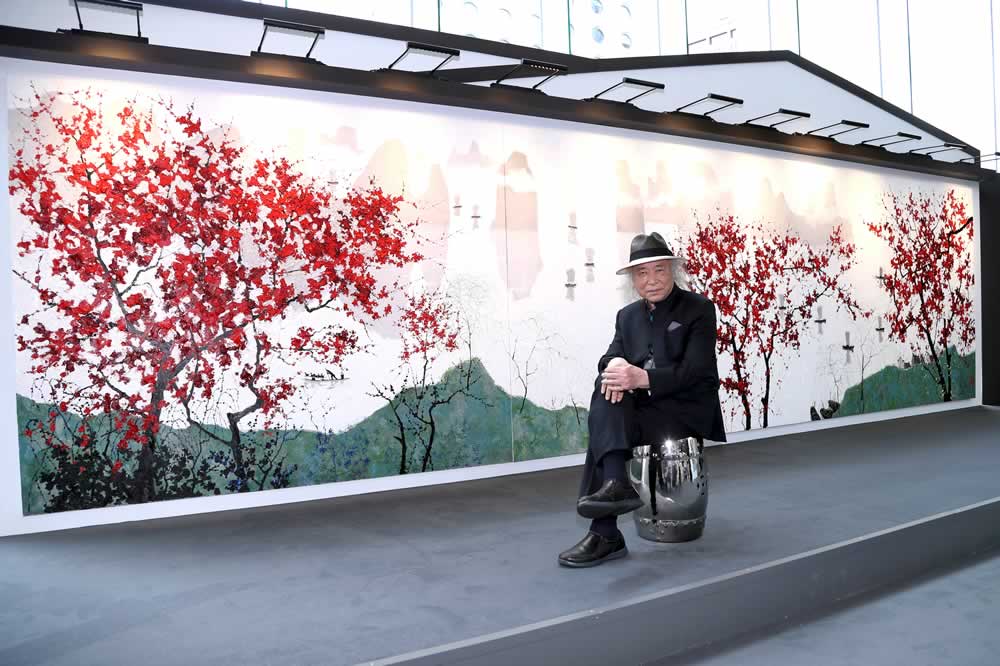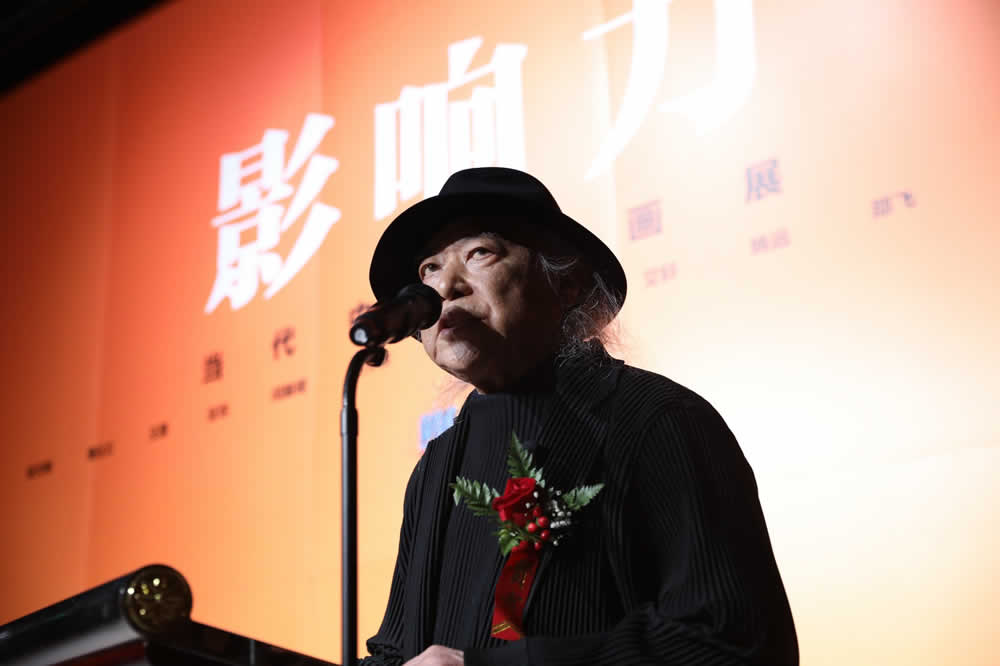2011
From May to June, the Art Museum of Beijing Fine Art Academy holds a joint Pang family exhibition of works by Pang Xunqin, Qiu Ti, Chi Hong, and Pang Yao, “The Inheritance and Refinement of Art.”
Pang Jiun being interviewed at his family’s joint exhibition.
2012
For the first time, he visits his mother Qiu Ti’s home on the island Gulangyu in Xiamen. She had cherished the memory of her home before she passed away, and in this year he completes My Mother’s Last Memory (Gulangyu Island).
In November, at Shanghaimart, Shanghai, he has an exhibition, “If It’s Pretty as a Picture, It Isn’t—Pang Jiun’s Oil Paintings, 2012.”
Pang Jiun, My Mother’s Last Memory (Gulangyu Island), 2012, oil on canvas, 170 × 300 cm.
2013
Between February and March, the joint exhibition, "Welcoming Spring Festival," is held at Red Gold Fine Art, Taipei.
In August, he participates in “Sound of Nature: Landscape Oil Painting Invitational Exhibition 2013,” at the National Art Museum of China, Beijing.
In October, Fine Art Asia in Hong Kong hosts "Oil Paintings of Pang Jiun."
2014
From January to February, he has a solo exhibition, "Oil Paintings of Pang Jiun," at Chan Liu Art Museum, Taipei.
Between June and July, the exhibition, "Season of Grey: Oil Paintings by Pang Jiun," is held at Gallery by the Harbour, Hong Kong.
In October, he participates in the joint exhibition, “The Storm Society & Post-Storm Art Phenomenon: The Pang Family in Taiwan,” at ART TAIPEI.
2015
In May, the exhibition, “Oriental Civilization: Pang Jiun Solo Exhibition in Venice,” takes place at Istituto Provinciale per l’Infanzia Santa Maria della Pietà.
In June, the exhibition “Pang Jiun: Expression of the East” takes place at The Ueno Royal Museum, Tokyo.
In October, ARTASIA in Taipei organizes “Eastern Civilization: Pang Jiun Solo Exhibition in Taipei” and “Impression of Venice: New Works by Pang Jiun.”
At the “Pang Jiun: Expression of the Orient” symposium. From left: Prof. Sung Hsi-Te of National Taiwan University of Arts; Prof. Hoshina Toyomi, Chairman of the Dept. of Fine Arts, Tokyo University of the Arts; Pang Jiun; and Prof. Akimoto Takayuki of Tokyo University of the Arts.
2016
On October, Fine Art Asia in Hong Kong hosts "Pang Jiun: Art of Figure Drawing."
In November, ARTASIA in Taipei hosts “Pang Jiun at 80: A Retrospective of Major Works."
2017
From January to May, he participates in the joint exhibition, "Fine Art Practices from 1972 to 1982 in Profile-A Beijing Perspective," at Inside-Out Mini Museum, Beijing.
In May, he is invited to hold a solo exhibition, “The Art of Pang Jiun,” at the Gallery of Chinese Profiles, Xiamen.
2018
In July, his exhibition, “The Journey of a Promise—Oil Paintings by Pang Jiun,” is held at Exchange Square, Central, Hong Kong.
Pang Jiun with his painting, A Thousand Sails on the Spring Tide, at Exchange Square, Central, Hong Kong, in 2018.
2019
From March to April, the exhibition, “Pang Jiun: Nineteen New Works,” is held at Yan Gallery, Hong Kong.
Between October and November, he is Invited to exhibit in Influence: Contemporary Oil Paintings by Chinese Artists in Dongyi Art Museum, Beijing, with artists including Zhang Wenxin, Cao Dali, Wang Lu, Yan Zhenduo, Wang Huaiqing, Yang Gang, Zhang Hongnian, Ai Xuan, Yao Yuan, Shao Fei, Wang Yidong and Bai Yuping.
Giving a speech at the opening ceremony of Influence: Contemporary Oil Paintings by Chinese Artists.
